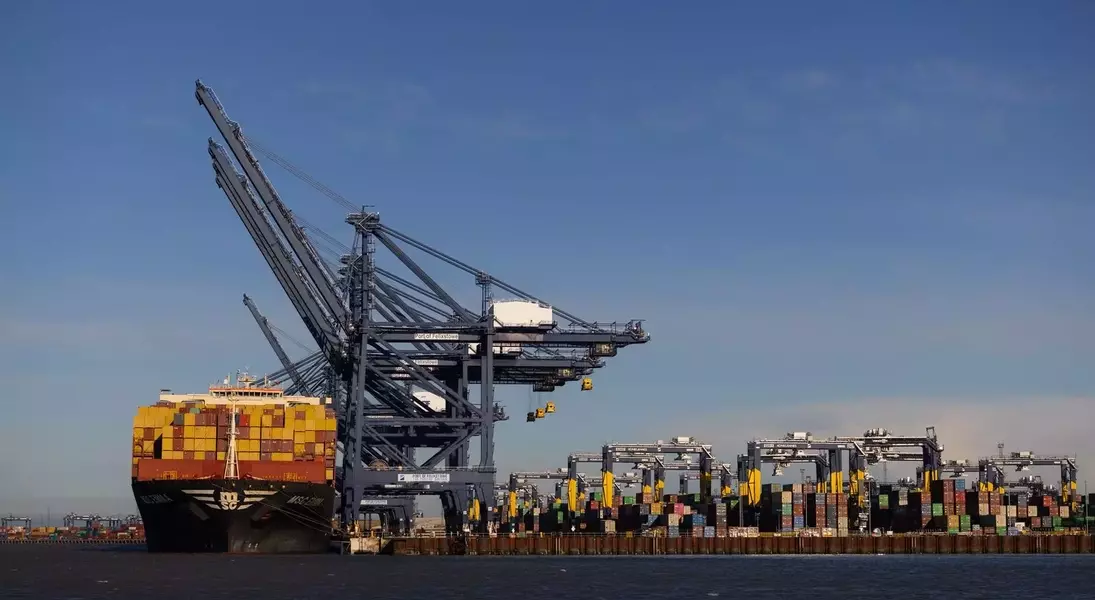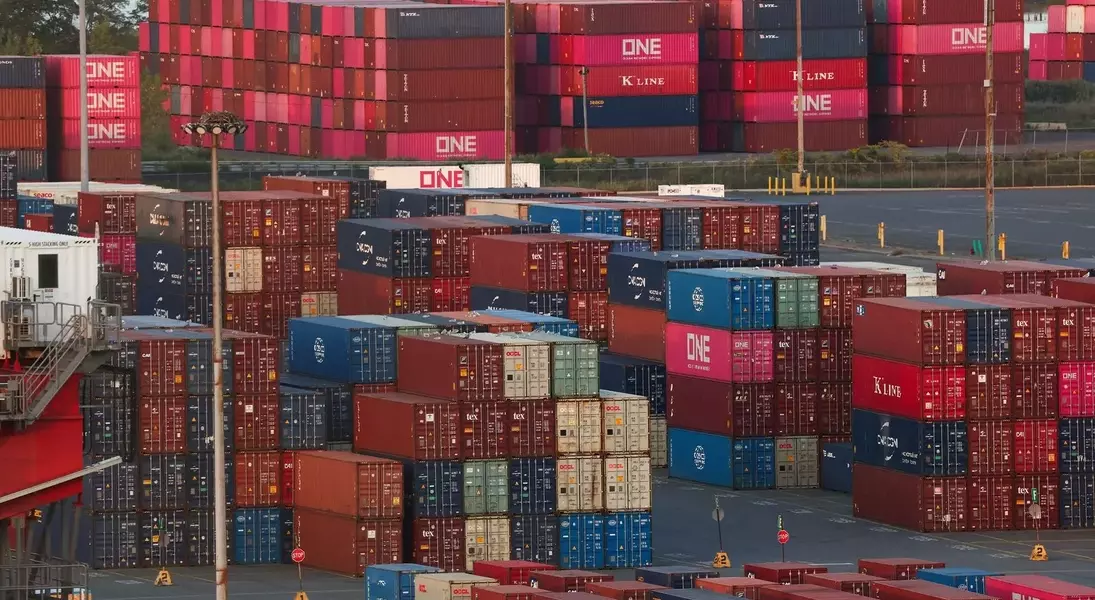



In the lead-up to the 2025 holiday season, the retail sector is confronting a new era shaped by economically savvy consumers and an intricate global trade environment. Success hinges on a delicate balance of robust supply chain management, innovative use of technology, and a deep understanding of evolving customer expectations. Retailers must navigate the complexities of inflation, tariffs, and heightened demands for convenience, all while safeguarding their margins. The strategic deployment of artificial intelligence is becoming indispensable, allowing for more precise forecasting and personalized customer experiences, ultimately redefining the competitive landscape.
Amidst these challenges, the industry is seeing a shift towards more thoughtful consumer purchasing decisions, driven by a desire for value and a readiness to research extensively before buying. This necessitates a proactive and adaptive approach from retailers, requiring them to optimize everything from inventory planning to reverse logistics. As the holiday rush intensifies, those who master these operational nuances and embrace technological advancements will not only meet but exceed customer expectations, solidifying their market position in an increasingly dynamic retail world.
Adapting to Evolving Consumer Behaviors and Economic Pressures
The 2025 holiday season marks a critical juncture for retailers, who are now catering to consumers more mindful of value and less tolerant of subpar service. The lingering effects of inflation and general economic uncertainty have cultivated a shopper base that researches extensively before making purchases, leading to longer browsing periods but delayed conversions. This trend complicates demand forecasting for businesses, amplifying the risks of both overstocking and understocking, and necessitates a highly responsive supply chain capable of handling peak trading fluctuations. Moreover, the propensity for more online research may also translate into an increased volume of returns, underscoring the vital need for sophisticated reverse logistics planning. Retailers are therefore compelled to implement flexible fulfillment strategies that can accommodate dynamic pricing and frequent adjustments to product assortments, catering to the informed decisions of cost-conscious buyers.
Adding another layer of complexity, tariffs, particularly in the US, have become a significant factor influencing retail strategies. Many American retailers have proactively brought forward their orders earlier in 2025 to secure product availability for key sales periods, including the crucial winter holiday season. This pre-emptive action aims to mitigate the impact of tariff-driven cost increases on consumers, a measure that economists warn may not be sustainable beyond 2025. As these mitigation tactics become less viable, the full weight of tariffs is anticipated to translate into higher consumer prices in 2026, further straining an already anxious consumer base. In response, retailers are exploring ways to protect their margins, such as marginally reducing the depth of discounts offered, a strategy also applied to counteract short-term currency fluctuations, thereby maintaining competitive pricing without fully absorbing rising costs.
Leveraging AI and Meeting Heightened Delivery Expectations
The 2025 holiday season is poised to be a landmark year for the integration of artificial intelligence in retail, with both consumers and businesses leveraging its capabilities extensively. Shoppers are increasingly utilizing AI for finding deals, generating gift ideas, and comparing product value, underscoring a broader trend towards data-driven purchasing decisions. Concurrently, retailers are deploying AI at scale to enhance their forecasting accuracy, personalize customer experiences, and manage supply chain volatility with greater efficiency. This dual adoption marks a significant evolution, as brands that adeptly incorporate AI into their customer journey and operational framework are expected to gain a substantial competitive advantage, not just in sales volume but in superior customer service. AI's role in the long-term transformation of demand forecasting through advanced analytics and machine learning equips retailers to better predict consumer patterns and optimize inventory, enabling a delicate balance between competitive pricing and margin protection through proactive collaboration with suppliers.
Customer expectations regarding product availability, personalized experiences, and rapid delivery have never been higher. Consumers, accustomed to the seamless and swift fulfillment processes of major online platforms, now view fast shipping, efficient refunds, and tailored recommendations as fundamental rather than exceptional services. This elevated benchmark means retailers can no longer afford delays in delivery, refunds, or customer service, leading to a strategic reassessment of their operational models. In response, retailers are formulating comprehensive contingency plans, focusing on scenario planning and risk management to address potential disruptions such as supply chain bottlenecks or sudden spikes in demand. A key tactic involves strategically positioning finished goods in onshore or nearshore distribution centers to shorten lead times and expedite transportation to final destinations. While some retailers are extending delivery windows to manage logistical constraints, others are subtly introducing small return fees and offering credit as a primary refund option to retain sales revenue and manage the financial impact of returns, further encouraging customers to shop earlier and engage with loyalty programs for exclusive access.
